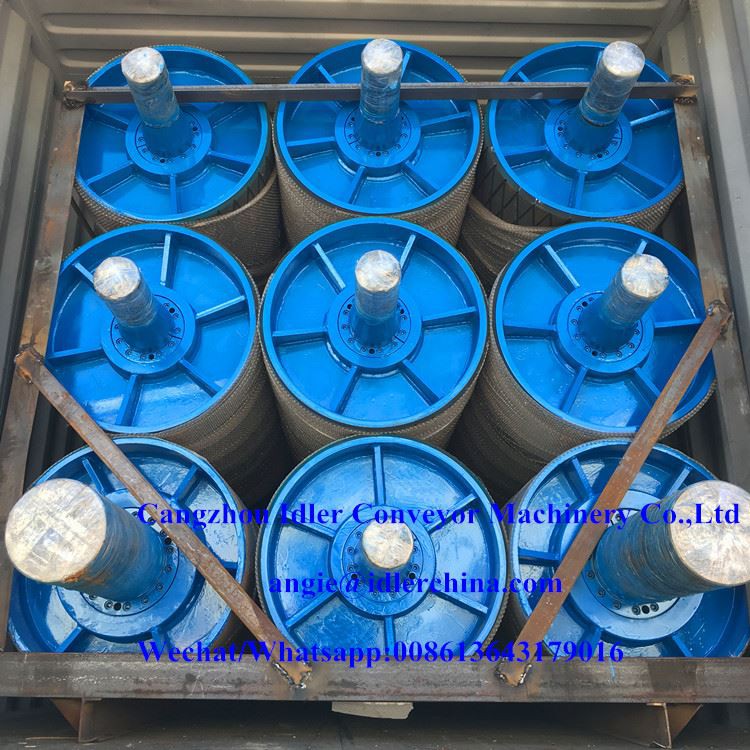 Afrikaans
Afrikaans  Albanian
Albanian  Amharic
Amharic  Arabic
Arabic  Armenian
Armenian  Azerbaijani
Azerbaijani  Basque
Basque  Belarusian
Belarusian  Bengali
Bengali  Bosnian
Bosnian  Bulgarian
Bulgarian  Catalan
Catalan  Cebuano
Cebuano  Corsican
Corsican  Croatian
Croatian  Czech
Czech  Danish
Danish  Dutch
Dutch  English
English  Esperanto
Esperanto  Estonian
Estonian  Finnish
Finnish  French
French  Frisian
Frisian  Galician
Galician  Georgian
Georgian  German
German  Greek
Greek  Gujarati
Gujarati  Haitian Creole
Haitian Creole  hausa
hausa  hawaiian
hawaiian  Hebrew
Hebrew  Hindi
Hindi  Miao
Miao  Hungarian
Hungarian  Icelandic
Icelandic  igbo
igbo  Indonesian
Indonesian  irish
irish  Italian
Italian  Japanese
Japanese  Javanese
Javanese  Kannada
Kannada  kazakh
kazakh  Khmer
Khmer  Rwandese
Rwandese  Korean
Korean  Kurdish
Kurdish  Kyrgyz
Kyrgyz  Lao
Lao  Latin
Latin  Latvian
Latvian  Lithuanian
Lithuanian  Luxembourgish
Luxembourgish  Macedonian
Macedonian  Malgashi
Malgashi  Malay
Malay  Malayalam
Malayalam  Maltese
Maltese  Maori
Maori  Marathi
Marathi  Mongolian
Mongolian  Myanmar
Myanmar  Nepali
Nepali  Norwegian
Norwegian  Norwegian
Norwegian  Occitan
Occitan  Pashto
Pashto  Persian
Persian  Polish
Polish  Portuguese
Portuguese  Punjabi
Punjabi  Romanian
Romanian  Russian
Russian  Samoan
Samoan  Scottish Gaelic
Scottish Gaelic  Serbian
Serbian  Sesotho
Sesotho  Shona
Shona  Sindhi
Sindhi  Sinhala
Sinhala  Slovak
Slovak  Slovenian
Slovenian  Somali
Somali  Spanish
Spanish  Sundanese
Sundanese  Swahili
Swahili  Swedish
Swedish  Tagalog
Tagalog  Tajik
Tajik  Tamil
Tamil  Tatar
Tatar  Telugu
Telugu  Thai
Thai  Turkish
Turkish  Turkmen
Turkmen  Ukrainian
Ukrainian  Urdu
Urdu  Uighur
Uighur  Uzbek
Uzbek  Vietnamese
Vietnamese  Welsh
Welsh  Bantu
Bantu  Yiddish
Yiddish  Yoruba
Yoruba  Zulu
Zulu Idler and Roller Systems for Enhanced Performance and Efficiency in Machinery
Idler and Roller The Unsung Heroes of Mechanical Systems
In the realm of mechanical engineering, every component plays a crucial role in the functionality of a larger system. Among these components, idlers and rollers are often overlooked, yet they are essential for the smooth operation of various machinery and transportation systems. While they may not be the most glamorous parts of a machine, understanding their functions, types, and applications reveals their importance in a variety of industries.
What Are Idlers and Rollers?
Idlers are components that support or guide moving parts in a mechanical system without being directly driven by an external power source. They are primarily designed to reduce friction, guide belts or cables, and support them in their paths. Rollers, on the other hand, can be thought of as mobile idlers that facilitate the movement of items along a surface. These can include conveyor belts, where rollers help transport goods efficiently from one location to another.
Functions of Idlers and Rollers
1. Load Distribution One of the primary functions of idlers is to distribute the load evenly across a surface. This ensures that wear and tear are minimized and that the system operates efficiently. By providing support, idlers prevent excessive stress on other components, thereby enhancing the overall durability of the machinery.
2. Friction Reduction Idlers and rollers are designed to minimize friction between moving parts. This is critical in applications such as conveyor systems, where reduced friction allows for smoother operation and less energy consumption. By using high-quality materials and precise engineering, manufacturers can create idlers and rollers that withstand mechanical stress and environmental factors.
3. Guidance and Alignment In many applications, keeping a belt or chain aligned is vital for proper operation. Idlers are often strategically placed to guide the movement of these components, ensuring they remain on their designated paths. Rollers also help in maintaining alignment, preventing jams or misalignments that could lead to costly downtimes.
Types of Idlers and Rollers
Idlers and rollers come in various shapes, sizes, and materials, each suited for specific applications. Common types include
- Flat Idlers These are often used in conveyor systems to support belts. They provide a flat surface for the belt to move across, minimizing wear.
idler and roller

- Tapered Rollers Utilized in applications requiring angular loads, these rollers assist in the easier transfer of heavy items while maintaining stability
.- Guide Rollers These are specially designed to keep a belt or a cable aligned, ensuring smooth operation and preventing damages.
- Polymer Rollers Made from synthetic materials, these rollers are lightweight and resistant to corrosion, making them ideal for use in diverse environments.
Applications of Idlers and Rollers
The applications for idlers and rollers are vast. They are extensively used in various industries, such as
- Manufacturing In assembly lines and material handling systems, idlers and rollers facilitate the efficient movement of products.
- Mining Conveyor systems in mining operations rely heavily on rollers and idlers to transport minerals and materials over long distances.
- Agriculture Idlers and rollers play a crucial role in farming machinery, aiding in the movement of equipment and harvested crops.
- Construction Heavy machinery often contains rollers to manage load distribution and ensure proper functioning.
Conclusion
While idlers and rollers may not be the first components that come to mind when considering mechanical systems, their roles are pivotal for efficiency and functionality. Their ability to reduce friction, guide movement, and distribute loads ensures that industrial processes remain smooth and reliable. As technology evolves, so too will the designs and materials used for these crucial components, solidifying their position as unsung heroes in the world of machinery.
-
Revolutionizing Conveyor Reliability with Advanced Rubber Lagging PulleysNewsJul.22,2025
-
Powering Precision and Durability with Expert Manufacturers of Conveyor ComponentsNewsJul.22,2025
-
Optimizing Conveyor Systems with Advanced Conveyor AccessoriesNewsJul.22,2025
-
Maximize Conveyor Efficiency with Quality Conveyor Idler PulleysNewsJul.22,2025
-
Future-Proof Your Conveyor System with High-Performance Polyurethane RollerNewsJul.22,2025
-
Driving Efficiency Forward with Quality Idlers and RollersNewsJul.22,2025





























